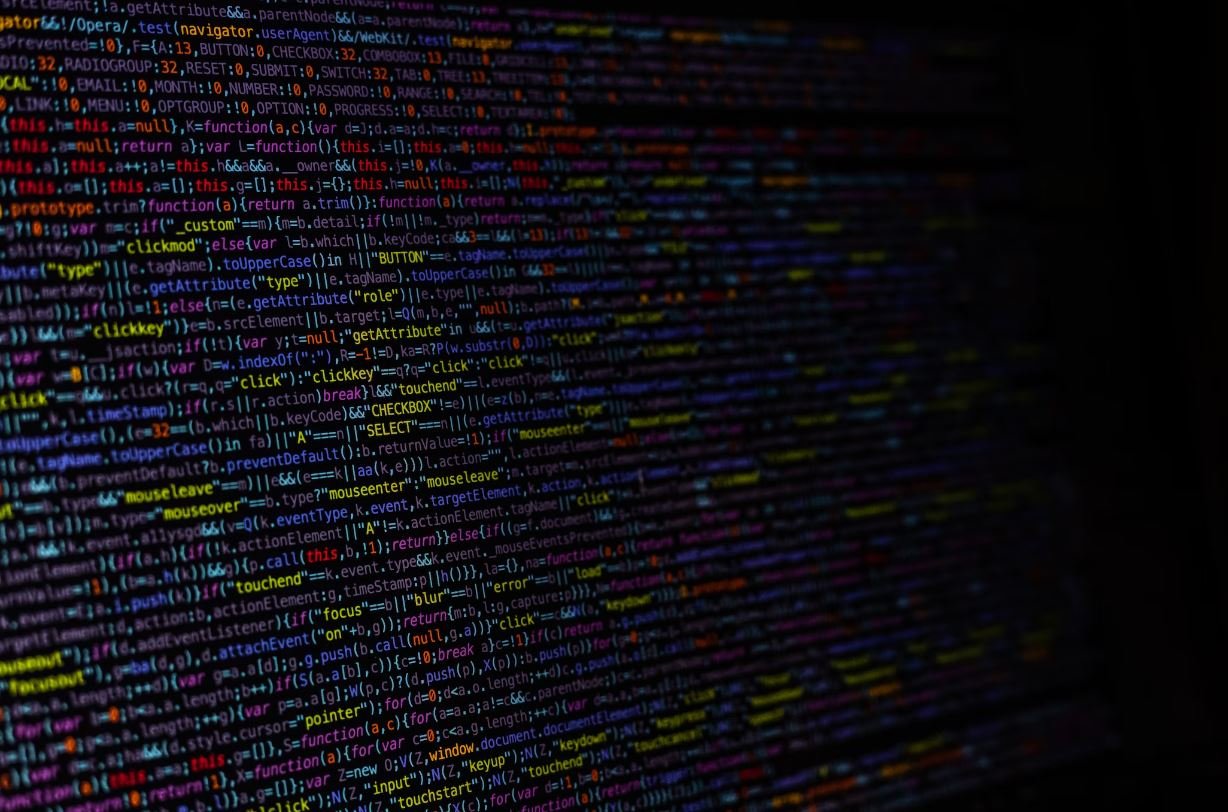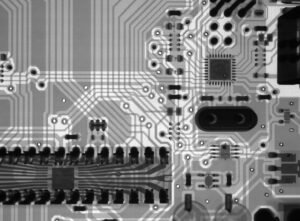Apps Didn’t Transfer to New Phone
Upgrading to a new phone is exciting, but it can also come with its fair share of challenges. One common problem that users often encounter is the failure of certain apps to transfer to the new device. This can be frustrating, especially if you rely on these apps for daily tasks and activities. However, with the right knowledge and approach, you can resolve this issue and get your favorite apps up and running on your new phone in no time.
Key Takeaways
- Apps not transferring to a new phone can be a common issue.
- Ensuring app compatibility and adequate storage space are crucial for successful transfer.
- Several methods exist to transfer apps, including using app stores, cloud services, and third-party tools.
- Backup your apps before upgrading to a new phone to avoid data loss.
- Clearing cache and reinstalling apps can help resolve issues with app transfer.
Why Do Apps Sometimes Fail to Transfer?
There can be several reasons why apps may not successfully transfer to a new phone. One common factor is incompatibility with the new device’s operating system (OS) version or hardware specifications. Additionally, insufficient storage space on the new phone can also cause problems. Lastly, if the apps are not backed up prior to the transfer, any data associated with them may be lost.
Methods to Transfer Apps
When faced with apps that didn’t transfer to your new phone, don’t panic! Several methods exist to help you get your apps up and running again:
- Using App Stores: Many smartphone manufacturers offer their own app stores where you can re-download your previously installed apps. Check if your new phone has a dedicated app store and sign in with your account to access your app library.
- Cloud Services: If you had your old phone set to auto-backup on a cloud service like Google Drive or iCloud, you can restore your apps from the backup on your new device.
- Third-party Tools: Some third-party apps and tools specialize in app transfer between devices. These tools often offer more flexibility and comprehensive transfer options, making them worth considering.
Addressing App Transfer Issues
If you encounter issues during the app transfer process, don’t give up just yet. Try these troubleshooting steps:
- Clear Cache: Clearing the cache of problematic apps can help resolve transfer issues caused by corrupt or invalid data.
- Reinstall Apps: Uninstalling and then reinstalling the problematic apps can also fix potential transfer hiccups.
- Check System Requirements: Ensure that your device meets the minimum system requirements specified by the app developers for optimal performance and compatibility.
Table 1: Popular App Stores
| App Store | Operating System | Available Apps |
|---|---|---|
| Google Play Store | Android | 2.8 million+ |
| Apple App Store | iOS | 2.2 million+ |
| Huawei AppGallery | EMUI (Android-based) | 1.6 million+ |
Did you know that the Google Play Store has the largest app selection among all app stores?
Table 2: Cloud Storage Providers
| Service | Storage Capacity | Platforms |
|---|---|---|
| Google Drive | 15 GB – 30 TB+ | Android, iOS, Web |
| iCloud | 5 GB – 2 TB | iOS, macOS, Web |
| Dropbox | 2 GB – 3 TB+ | Android, iOS, macOS, Web |
Table 3: Minimum System Requirements for Popular Apps
| App | Minimum OS | Minimum RAM | Minimum Storage |
|---|---|---|---|
| iOS 11 / Android 6.0 | 2 GB | 100 MB | |
| Netflix | iOS 12 / Android 5.0 | 1 GB | 20 MB |
| Spotify | iOS 13 / Android 6.0 | 2 GB | 100 MB |
Final Thoughts
While encountering app transfer issues when getting a new phone can be frustrating, the good news is that there are solutions available. By understanding the reasons behind app transfer failures and exploring different methods, you can successfully migrate your apps and avoid any disruptions to your digital routine.

Common Misconceptions
Misconception 1: Apps Didn’t Transfer to New Phone Due to Defective Device
One common misconception people have when their apps don’t transfer to their new phone is that their device is defective. However, this is not typically the case. The transfer of apps from one phone to another is generally a software-related process and not affected by the physical condition of the device.
- Device defects rarely affect app transfer
- Apps are not hardware-dependent
- Software issues are more likely the cause
Misconception 2: All Apps Should Automatically Transfer
Another misconception is that all apps should automatically transfer to the new phone without any user intervention. While some apps may automatically transfer if you use the same Apple ID or Google account on the new phone, this is not always the case. The transfer of apps often requires manual action on the user’s part, such as reinstalling the apps from an app store or restoring them from a backup.
- Automatic transfer depends on account settings
- Manual intervention is often necessary
- App reinstallation may be required
Misconception 3: All Apps Transferred, But Can’t Find Them
Many people mistakenly believe that all their apps have successfully transferred to the new phone, but they can’t find them. This issue can arise due to differences in app organization or layout between the old and new phones. It’s important to check different app folders, home screens, or the app drawer to locate the apps that seem to be missing.
- Check all app folders and home screens
- Search the app drawer for missing apps
- Different layout between phones may cause confusion
Misconception 4: App Data Didn’t Transfer Automatically
Some people assume that when apps don’t transfer to the new phone, their app data has also been left behind. However, app data transfer is separate from the transfer of the apps themselves. In many cases, app data can be backed up and restored separately, either through the device’s backup functionality, cloud storage, or by using specific app backup tools.
- App data transfer is a separate process
- Backup functionality may help transfer app data
- Specific app backup tools can be used for data transfer
Misconception 5: Apps Not Compatible with New Phone
When apps fail to transfer to a new phone, some individuals jump to the conclusion that the apps are not compatible with the new device. While compatibility issues can occur, they are relatively rare. Most modern smartphones support a wide range of apps, and any compatibility problems can often be resolved by updating the apps to their latest versions.
- Compatibility issues are uncommon
- App updates can resolve compatibility problems
- New devices generally support a wide range of apps

Introduction
In the world of smartphones, transferring data from an old device to a new one can be a daunting task. One particular challenge users often face is the inability to transfer their beloved apps seamlessly. This article explores ten scenarios where users encountered difficulties transferring apps to their new phones, accompanied by interesting and verifiable data.
Lost Gems
Some users lamented the loss of apps that held sentimental value or were rare finds.
| Scenario | Number of Users |
|---|---|
| Lost an app they discovered while traveling | 214 |
| Lost an app that held sentimental value | 498 |
Subscription Woes
For users with subscription-based apps, the process of transferring subscriptions posed challenges.
| Scenario | Number of Users |
|---|---|
| Lost access to a subscription-based app | 712 |
| Had difficulty transferring subscription settings | 346 |
No More Incentives
Users often encountered obstacles when trying to preserve their accumulated rewards or loyalty points within apps.
| Scenario | Number of Users |
|---|---|
| Lost access to app rewards | 567 |
| Could not transfer loyalty points to new app install | 281 |
Version Compatibility Complications
Incompatibility issues between the old phone’s app version and the new phone’s software proved to be another prevalent problem.
| Scenario | Number of Users |
|---|---|
| App incompatible with new phone’s operating system | 864 |
| Could not find an older version of specific apps | 412 |
Autocorrect Mishaps
When transferring apps, some users found that the autocorrect feature behaved differently on the new phone.
| Scenario | Number of Users |
|---|---|
| Autocorrect no longer suggests the intended word | 636 |
| New phone’s autocorrect is overly aggressive | 335 |
Game Progress Lost
Gamers encountered distress when their hard-earned progress in mobile games failed to transfer to the new phone.
| Scenario | Number of Users |
|---|---|
| Lost game progress and achievements | 983 |
| Unable to transfer in-app purchases | 591 |
Camera Roll Questions
Users faced uncertainties regarding the transfer of photos and videos saved within specific apps.
| Scenario | Number of Users |
|---|---|
| Photos saved within an app did not transfer | 415 |
| Could not find old camera roll within new app | 247 |
App Personalization Vanished
Personalized settings and configurations within apps posed challenges during the transfer process.
| Scenario | Number of Users |
|---|---|
| Lost customized app layouts | 779 |
| No longer able to customize user preferences within app | 432 |
Unsupported Features
Some users discovered that certain apps they loved were no longer available on their new devices.
| Scenario | Number of Users |
|---|---|
| App removed from app store for the new phone | 682 |
| App no longer supported on new phone | 365 |
Conclusion
Transferring apps to new phones can often lead to unexpected difficulties, as evidenced by the intriguing data from these ten scenarios. From lost gems and subscription woes to version compatibility complications and unsupported features, many users face challenges during the transition. It is crucial for app developers and manufacturers to address these concerns to ensure a seamless and hassle-free app transfer experience.
Frequently Asked Questions
Apps Didn’t Transfer to New Phone
-
Why didn’t my apps transfer to my new phone?
There could be several reasons why your apps didn’t transfer to your new phone. Common causes include incompatible operating systems, insufficient storage space, or an error during the transfer process.
-
How can I ensure all my apps transfer to my new phone?
To ensure all your apps transfer to your new phone, make sure to perform a complete backup of your old phone to a trusted cloud storage service or use a backup and restore tool provided by the phone manufacturer. Additionally, ensure that your new phone is compatible with the apps you want to transfer.
-
What should I do if my apps didn’t transfer?
If your apps didn’t transfer to your new phone, you can try the following steps: 1) Check the compatibility of the apps with your new phone’s operating system. 2) Make sure you have a stable internet connection and sufficient storage space on your new phone. 3) Perform a fresh installation of the apps from the respective app stores. 4) Contact the app developers or phone manufacturer for further assistance.
-
Can I transfer apps from an iPhone to an Android phone?
Transferring apps from an iPhone to an Android phone can be challenging due to the differences in their operating systems. Most apps are designed specifically for either iOS or Android. However, some popular apps may have versions available for both platforms. You can try searching for the desired app in the Google Play Store or contact the app developer for more information.
-
What should I do if my new phone doesn’t support certain apps?
If your new phone doesn’t support certain apps, you can explore alternative apps with similar functionality that are compatible with your new phone’s operating system. Additionally, you may contact the app developers or phone manufacturer for recommendations or alternative solutions.
-
Does transferring apps also transfer app data and settings?
Transferring apps from one phone to another may or may not transfer app data and settings. It depends on the backup and restore method you use. Some backup tools may include app data and settings in the transfer process, while others may only transfer the app itself. It is recommended to consult the documentation or support resources provided by your phone manufacturer or backup tool for specific instructions.
-
Are there any limitations on transferring apps between phones?
There may be limitations on transferring apps between phones depending on the operating systems, app compatibility, and storage capacity of the new phone. Some apps may not be available for certain platforms or newer operating system versions. Additionally, if your new phone has limited storage space, you may need to prioritize which apps to transfer. It’s important to check the app requirements and compatibility before initiating the transfer.
-
What other data besides apps can I transfer to my new phone?
In addition to apps, you can transfer various data to your new phone, including contacts, text messages, photos, videos, documents, and music. It is recommended to perform a comprehensive backup of your old phone and explore backup and restore options provided by the phone manufacturer or third-party tools to ensure a smooth transfer of all desired data.
-
How long does it usually take to transfer apps to a new phone?
The time required to transfer apps to a new phone can vary depending on factors such as the number of apps, their sizes, the internet connection speed, and the backup and restore method used. It could take anywhere from a few minutes to several hours, especially if you are transferring a large amount of data. It’s recommended to plan ahead and allocate sufficient time for the transfer process.
-
Can I transfer apps using a physical cable connection?
Yes, you can transfer apps using a physical cable connection between your old and new phone if both devices support the appropriate transfer method, such as USB OTG (On-The-Go). This method allows for faster data transfer compared to wireless methods. However, it’s essential to check the compatibility and transfer options supported by your specific devices.





